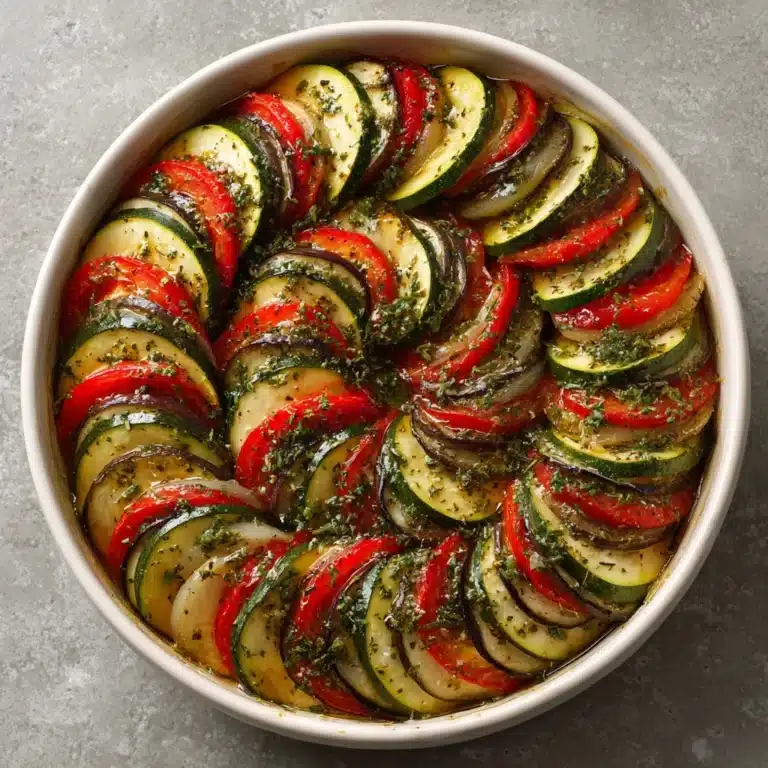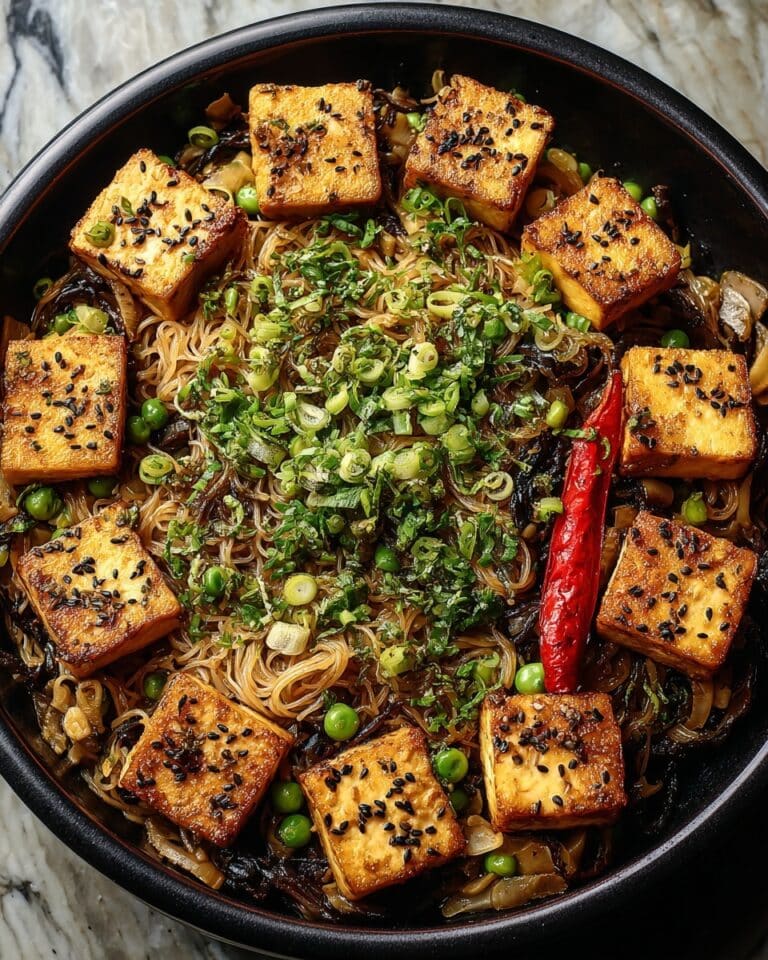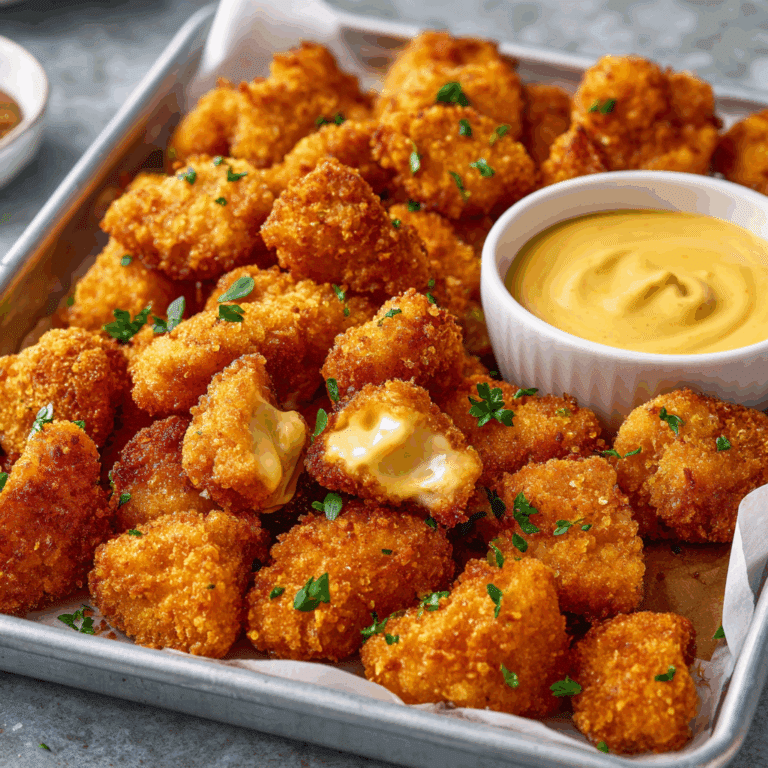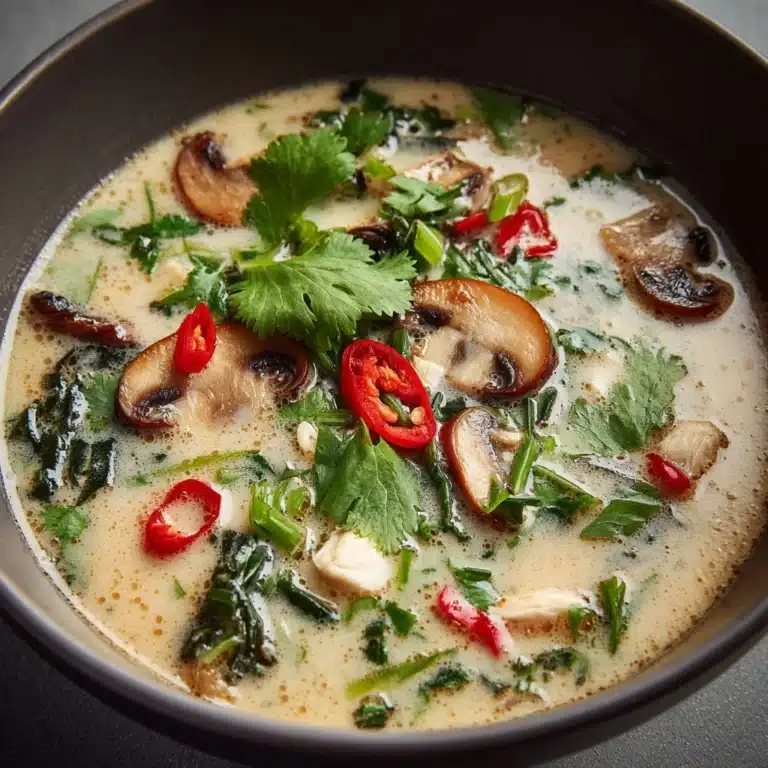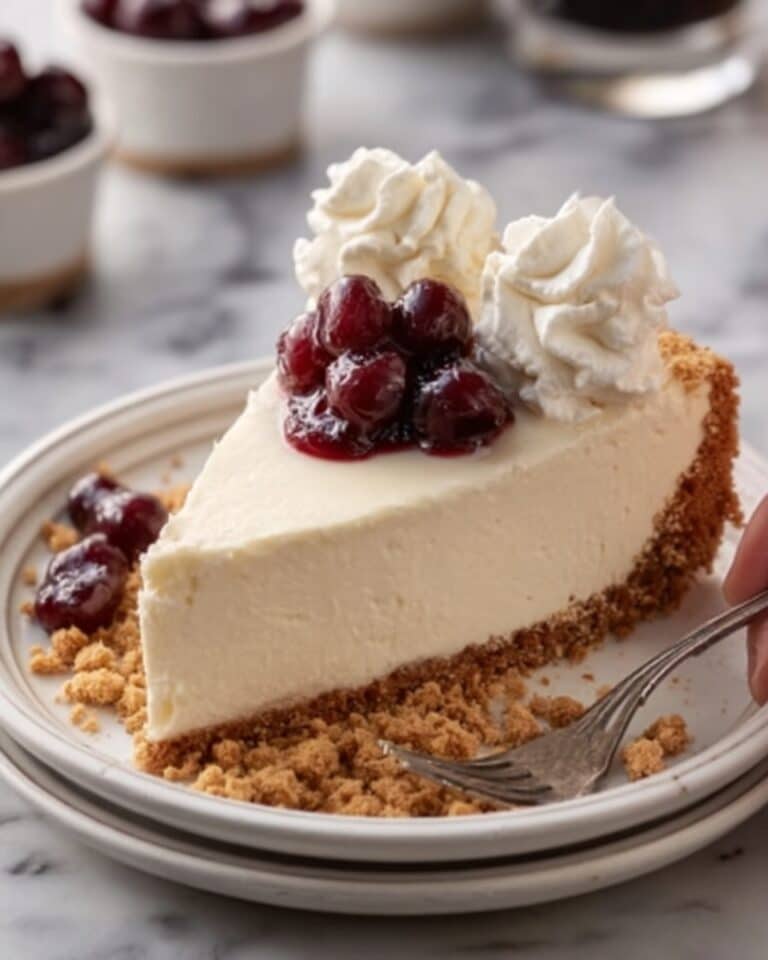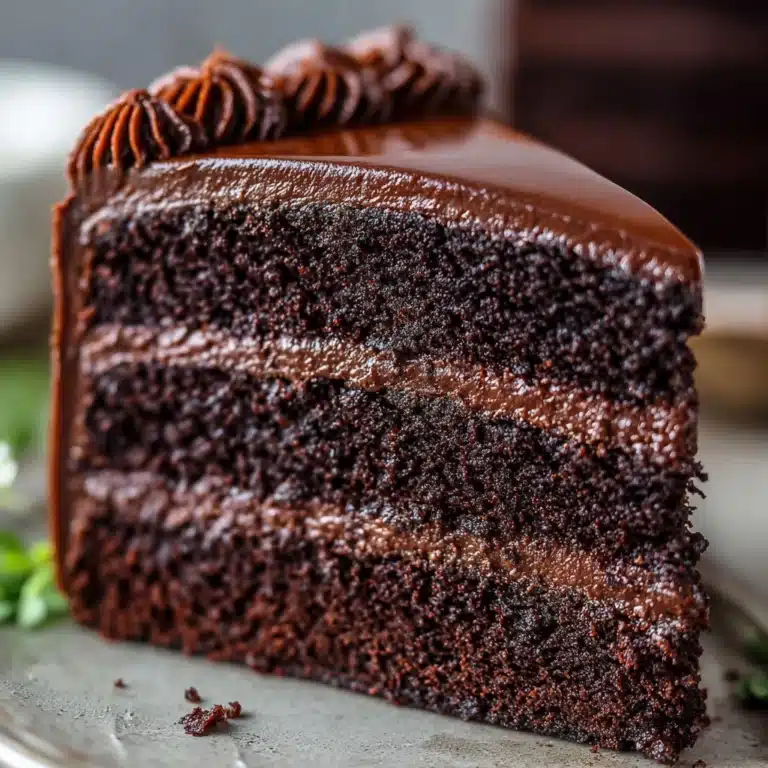Hummus Recipe
If you’re looking for a creamy, dreamy dip that’s as versatile as it is delicious, you’re about to fall in love with this Hummus Recipe. With just a handful of pantry staples and a few fresh ingredients, you can whip up a Middle Eastern classic that’s perfect for parties, midday snacks, or even a quick lunch. The beauty of this hummus recipe is not just its simplicity, but also the way a few thoughtful steps turn basic ingredients into something truly crave-worthy.
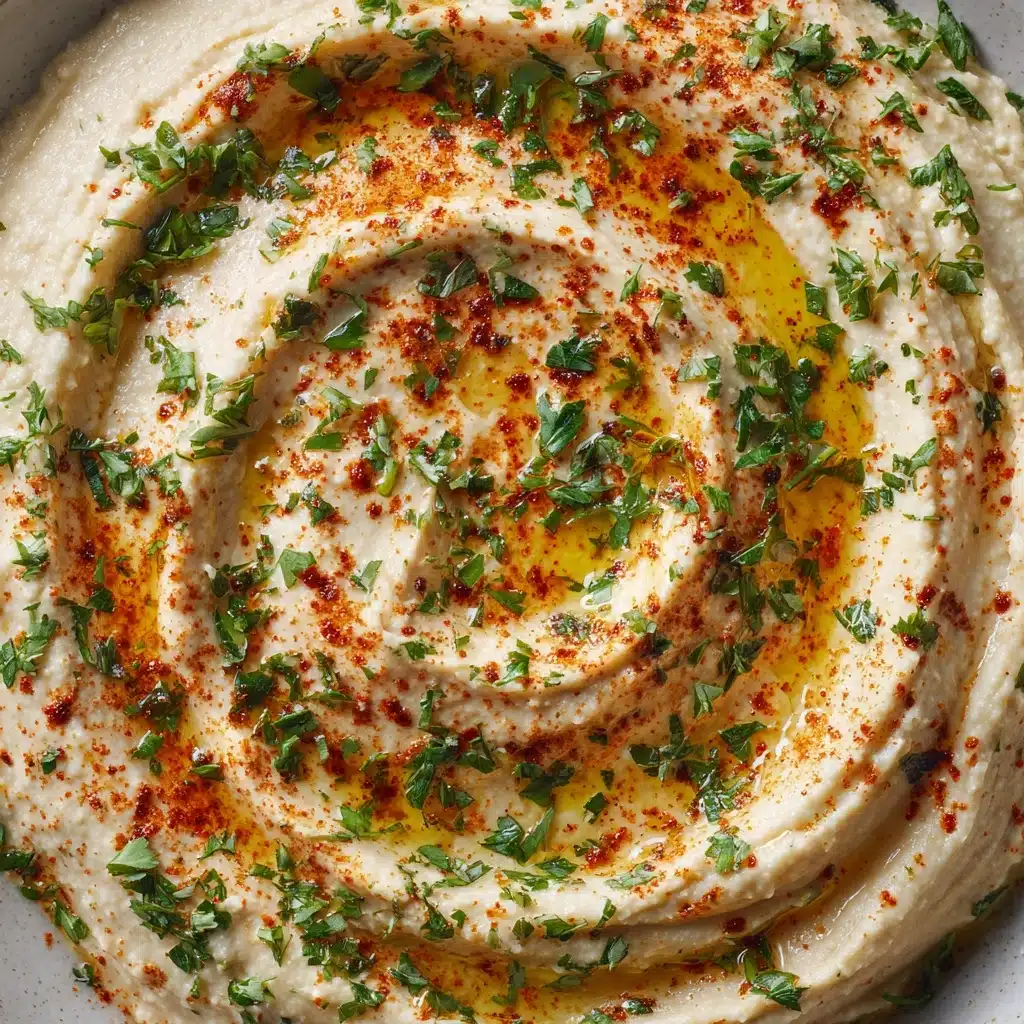
Ingredients You’ll Need
This hummus recipe proves that you don’t need fancy ingredients to make something extraordinary. Each item plays a crucial role, whether it’s adding body, tang, richness, or that irresistible nutty finish. Here’s what you’ll need and why each ingredient matters:
- Chickpeas (1 can, 15 ounces): The heart of any hummus, chickpeas provide a creamy base and that signature earthy flavor.
- Fresh Lemon Juice (1/4 cup, about 1 large lemon): Freshly squeezed lemon brightens up the hummus and adds a lively, zesty punch.
- Tahini (1/4 cup): This sesame paste is what gives hummus its rich, nutty undertones and silky texture.
- Garlic (1 small clove, minced): Just the right amount adds a little kick without overpowering the other flavors.
- Olive Oil (2 tablespoons, plus more for serving): Adds luxurious mouthfeel and a fruity richness—don’t forget a drizzle on top!
- Ground Cumin (1/2 teaspoon): A hint of warm spice that rounds out all the flavors beautifully.
- Salt (to taste): Essential for balancing and enhancing every bite.
- Cold Water (2–4 tablespoons): Helps achieve that irresistibly smooth, fluffy texture—add as needed.
- Optional Toppings: Paprika, olive oil drizzle, chopped parsley, toasted pine nuts—each adds flavor, crunch, or color for extra flair.
How to Make Hummus Recipe
Step 1: Blend Tahini and Lemon Juice
Start by combining the tahini and fresh lemon juice in your food processor. Let the machine run for a full minute—this extra step helps whip the tahini until it’s light and creamy, forming the foundation of an ultra-smooth hummus. Don’t rush it; you’ll notice the texture change, turning almost fluffy and pale.
Step 2: Add Garlic, Olive Oil, Cumin, and Salt
Next, toss in your minced garlic, olive oil, ground cumin, and a generous pinch of salt. Process for another 30 seconds. If you need to, stop and scrape down the sides. This is where the hummus recipe starts building its layers of flavor, infusing the base with warmth, spice, and richness.
Step 3: Blend in the Chickpeas
Now, add your drained and rinsed chickpeas to the food processor. Let it run for 1–2 minutes, stopping to scrape the bowl as needed. This is the main event—watch as the mixture transforms into a thick, creamy paste. The longer you blend, the smoother your hummus will be.
Step 4: Adjust the Texture
With the processor running, drizzle in 2 to 4 tablespoons of cold water, a little at a time. Stop once you reach your ideal texture—some like it thick and scoopable, others prefer it airy and spreadable. Taste, and adjust the salt or lemon juice as you like.
Step 5: Serve and Garnish
Spoon your fresh hummus into a shallow bowl, swirling it with the back of your spoon to make those classic dips and valleys. Finish with a generous drizzle of olive oil and your favorite toppings: a sprinkle of paprika, a handful of parsley, or some toasted pine nuts if you’re feeling fancy.
How to Serve Hummus Recipe
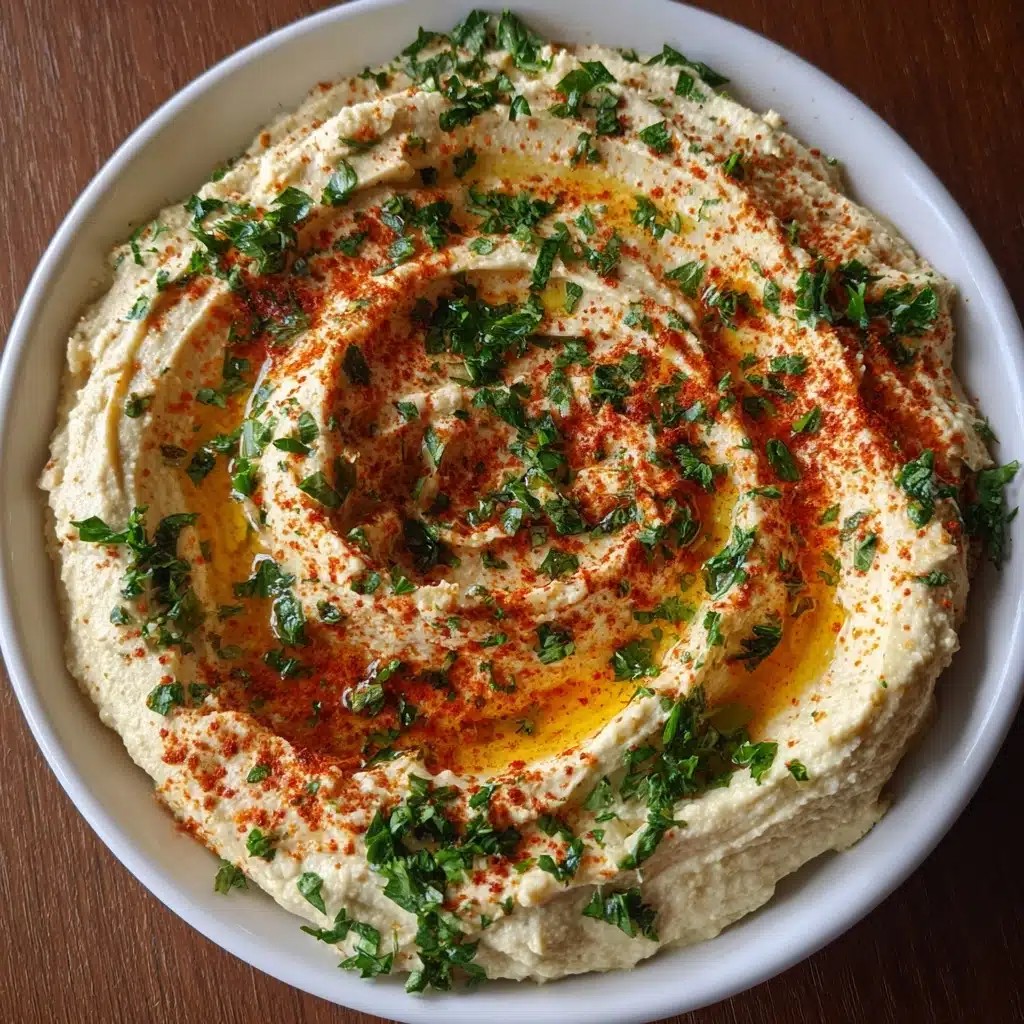
Garnishes
The final touch for any hummus recipe is all about the garnishes. A swirl of good olive oil, a dusting of vibrant paprika, fresh parsley, or crunchy toasted pine nuts not only add color but also tantalize with extra flavor and texture. Don’t be shy—layer on your favorites and make it your own!
Side Dishes
Hummus is endlessly versatile. Scoop it up with warm pita bread, crisp veggie sticks, or even slather it onto sandwiches and wraps. It’s a star at any mezze platter, sitting pretty alongside tabbouleh, falafel, or marinated olives. The possibilities are truly endless.
Creative Ways to Present
For a crowd, spread the hummus recipe out on a large serving plate and top with a colorful mosaic of garnishes. Or, pipe it into mini phyllo cups for party bites. I also love using it as a base for roasted vegetables or grilled meats—just spoon it onto the plate and pile everything on top for a gorgeous, modern presentation.
Make Ahead and Storage
Storing Leftovers
Leftover hummus keeps beautifully in an airtight container in the fridge for up to five days. The flavors actually meld and intensify as it sits, making it an even better snack or spread for quick meals throughout the week.
Freezing
Yes, you can freeze hummus! Simply portion it into freezer-safe containers, leaving a little space at the top for expansion. Thaw overnight in the fridge, then stir well before serving. While the texture may change slightly, a quick whip with a spoon or processor will bring it right back to life.
Reheating
Hummus is usually served chilled or at room temperature, but if you prefer it warm, gently microwave it in 10-second bursts, stirring between each. Be careful not to overheat, as this can change the texture—just enough to take the chill off.
FAQs
Can I use dried chickpeas instead of canned?
Absolutely! Just soak and cook them first until tender. Dried chickpeas often yield an even creamier, richer hummus recipe, but the extra time is worth it if you want that from-scratch feel.
How can I make my hummus extra smooth?
The secret is twofold: blend your tahini and lemon juice until creamy before adding anything else, and, for truly silky hummus, peel your chickpeas by gently rubbing them with a towel—the difference is noticeable!
Is there a substitute for tahini?
If you don’t have tahini or prefer to avoid sesame, try using unsweetened sunflower seed butter or cashew butter. The flavor will be a little different, but it still makes a fantastic hummus recipe.
Can I add other flavors or mix-ins?
Definitely! Roasted red peppers, sun-dried tomatoes, caramelized onions, or even a pinch of smoked paprika can transform your hummus recipe into something unique. Just blend them in after the chickpeas.
Is this hummus recipe gluten-free and vegan?
Yes, this hummus recipe is naturally gluten-free and vegan, making it a perfect option for nearly anyone at your table. Just watch your dippers if you’re serving gluten-free guests.
Final Thoughts
There’s something magical about making a classic hummus recipe from scratch—the flavors, the creamy texture, and the sheer satisfaction of dipping warm bread into your own homemade creation. Give this recipe a try and make it your new go-to for everything from snack time to dinner parties!
Print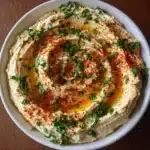
Hummus Recipe
- Total Time: 10 minutes
- Yield: 1 1/2 cups 1x
- Diet: Vegan
Description
This classic Middle Eastern hummus recipe is a creamy, flavorful dip made from chickpeas, tahini, fresh lemon juice, garlic, and olive oil. Perfect as a healthy appetizer or snack, it’s quick to prepare and can be customized with various toppings such as paprika, parsley, or toasted pine nuts for an extra touch of flavor.
Ingredients
Main Ingredients
- 1 can (15 ounces) chickpeas, drained and rinsed
- 1/4 cup fresh lemon juice (about 1 large lemon)
- 1/4 cup tahini
- 1 small garlic clove, minced
- 2 tablespoons olive oil (plus more for serving)
- 1/2 teaspoon ground cumin
- Salt to taste
- 2–4 tablespoons cold water
Optional Toppings
- Paprika
- Olive oil drizzle
- Chopped parsley
- Toasted pine nuts
Instructions
- Blend Tahini and Lemon Juice: In a food processor, combine the tahini and fresh lemon juice. Process for 1 minute until the mixture becomes smooth and creamy, creating the base of your hummus.
- Add Seasonings and Blend: Add the minced garlic, 2 tablespoons of olive oil, ground cumin, and a generous pinch of salt to the tahini mixture. Process again for 30 seconds, scraping down the sides as needed to ensure even mixing.
- Add Chickpeas and Blend Until Smooth: Add the drained and rinsed chickpeas to the food processor. Blend the mixture for about 1–2 minutes until thick and thoroughly smooth.
- Adjust Consistency: While the processor is running, slowly add 2 to 4 tablespoons of cold water until the hummus reaches your desired creamy consistency.
- Taste and Season: Taste the hummus and adjust the salt or lemon juice if needed to balance the flavors.
- Serve and Garnish: Spoon the hummus into a serving bowl. Drizzle with extra olive oil and add your preferred toppings such as paprika, chopped parsley, or toasted pine nuts before serving.
Notes
- For ultra-smooth hummus, peel the chickpeas by gently rubbing them with a clean towel.
- You can substitute white beans for chickpeas for a different flavor profile.
- Store hummus in an airtight container in the refrigerator for up to 5 days.
- Prep Time: 10 minutes
- Cook Time: 0 minutes
- Category: Appetizer
- Method: Blending
- Cuisine: Middle Eastern
Nutrition
- Serving Size: 2 tablespoons
- Calories: 90
- Sugar: 1g
- Sodium: 80mg
- Fat: 6g
- Saturated Fat: 1g
- Unsaturated Fat: 5g
- Trans Fat: 0g
- Carbohydrates: 6g
- Fiber: 2g
- Protein: 3g
- Cholesterol: 0mg
